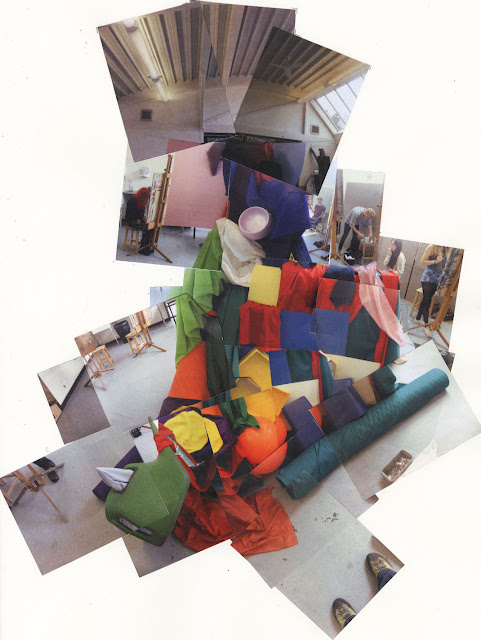Use the library and the internet in order to source this information – this will help to develop your individual research skills and vary the research material obtained. Lists of appropriate individuals may be given at certain points of the project to help you.
ASSESSMENT:
Unit 1 Introduction to visual language in art and design
Learning outcomes The student will:
1. Understand the characteristics of visual language in art and design.
2. Be able to apply visual language to a range of art and design activities.
Assessment criteria The student can:
1.1 Critically compare, through experimental application, the characteristics of a wide range of visual language elements.
2.1 Apply visual language across a range of contexts, to influence appearance and meaning in art and design.
2.2 Critically compare the use of visual language, across a range of contexts, to influence appearance and meaning in art and design
Unit 2 Introduction to research skills in art and design
Learning outcomes The student will:
1. Understand research tools, methods and skills.
2. Understand primary and secondary research sources.
3. Be able to use research tools, methods and skills to inform ideas for creative activities
Assessment criteria The student can:
1.1 Critically compare a range of research tools, methods and skills.
2.1 Critically compare a range of primary and secondary research sources.
3.1 Apply research tools, methods and skills to record and interpret information and develop ideas for creative activities.
3.2 Evaluate the effectiveness of research tools, methods and skills to develop ideas for creative activities.
Unit 3 Introduction to critical and contextual awareness in art and design
Learning outcomes The student will:
1. Understand critical perspectives that influence the analysis of art and design activity.
2. Understand the contexts within which art and design is positioned.
Assessment criteria The student can:
1.1 Critically compare a range of critical perspectives that influence the analysis of art and design. 1.2 Apply knowledge of critical perspectives to the analysis of a range of art and design activities.
1.3 Apply knowledge and understanding of a range of critical perspectives to support own art and design practice.
2.1 Critically compare a range of contexts within which art and design is positioned.
2.2 Apply an understanding of a range of contextual parameters to support own creative development.
Unit 4 Introduction to materials, processes and technical skills in art and design
Learning outcomes The student will:
1. Understand materials, processes and technical skills used in art and design.
Assessment criteria The student can:
1.1 Critically compare a range of materials and processes used in art and design through experimental application.
1.2 Apply understanding of materials and processes to support own art and design activities.
1.3 Apply understanding of technical skills to support own art and design activities.
1.4 Evaluate the use of materials, processes and technical skills to support art and design activities.


















